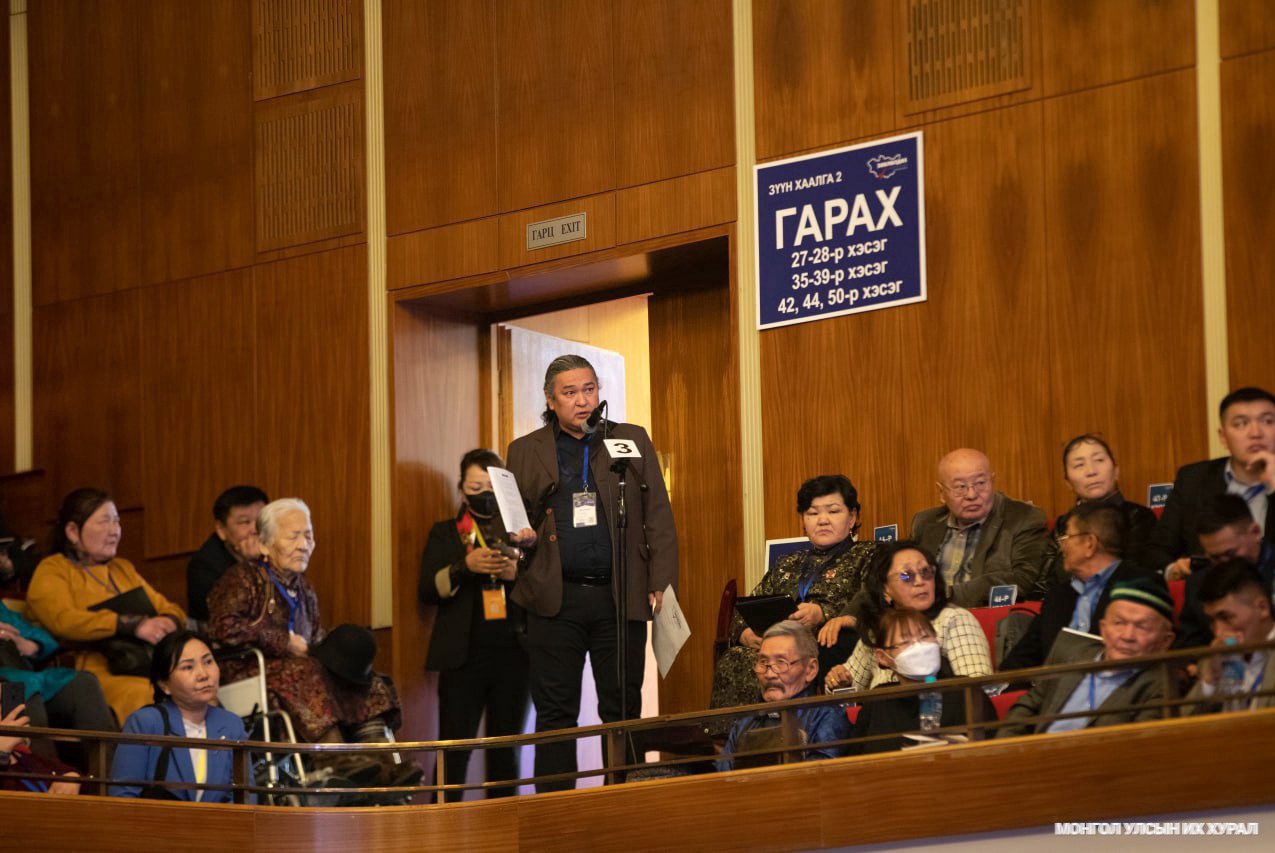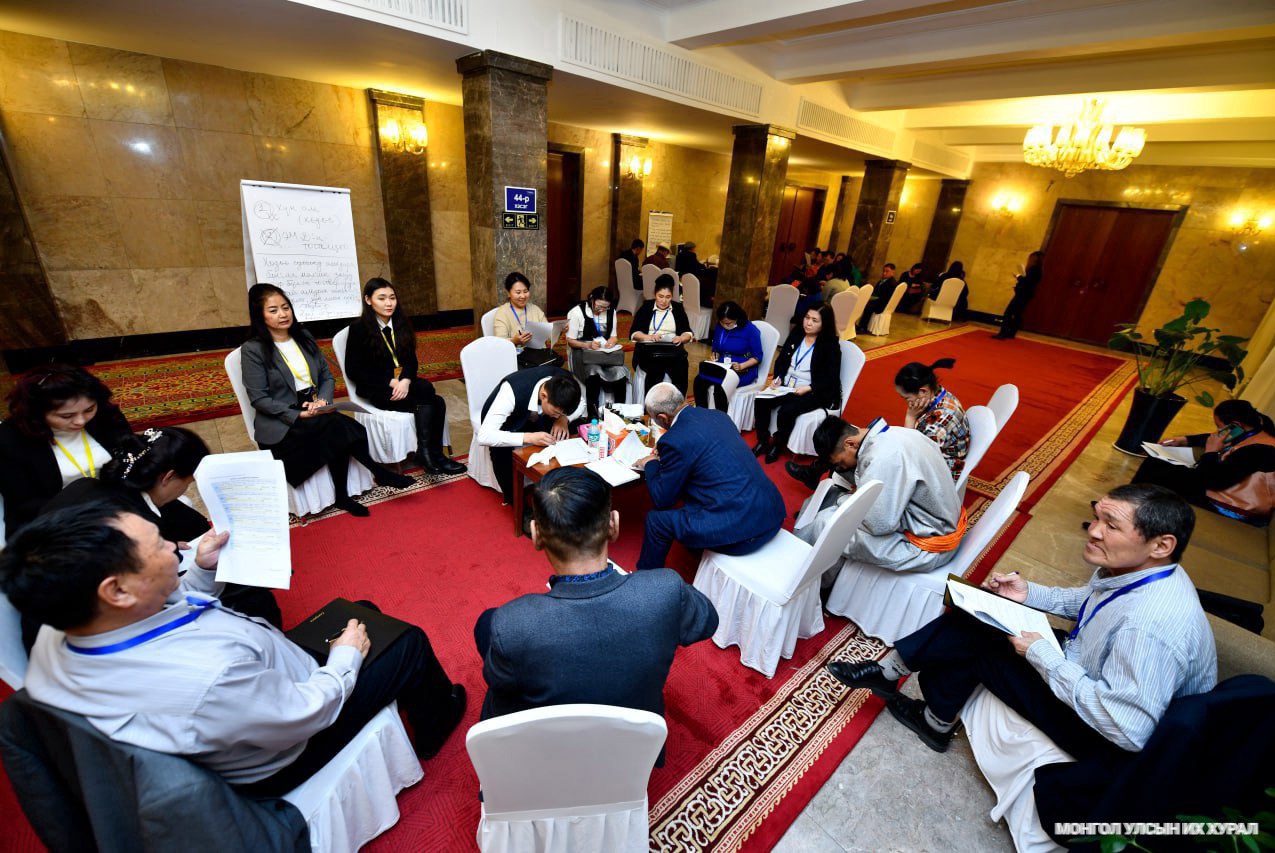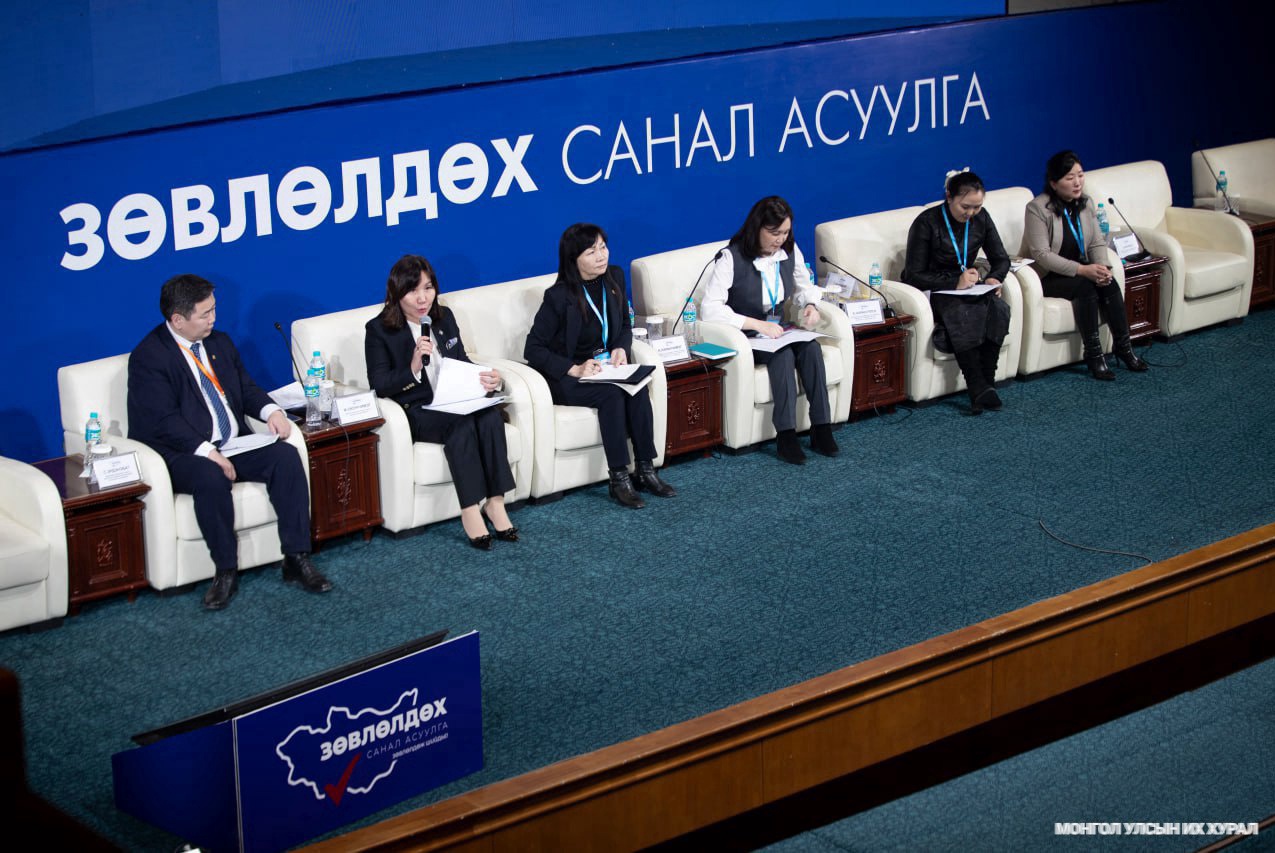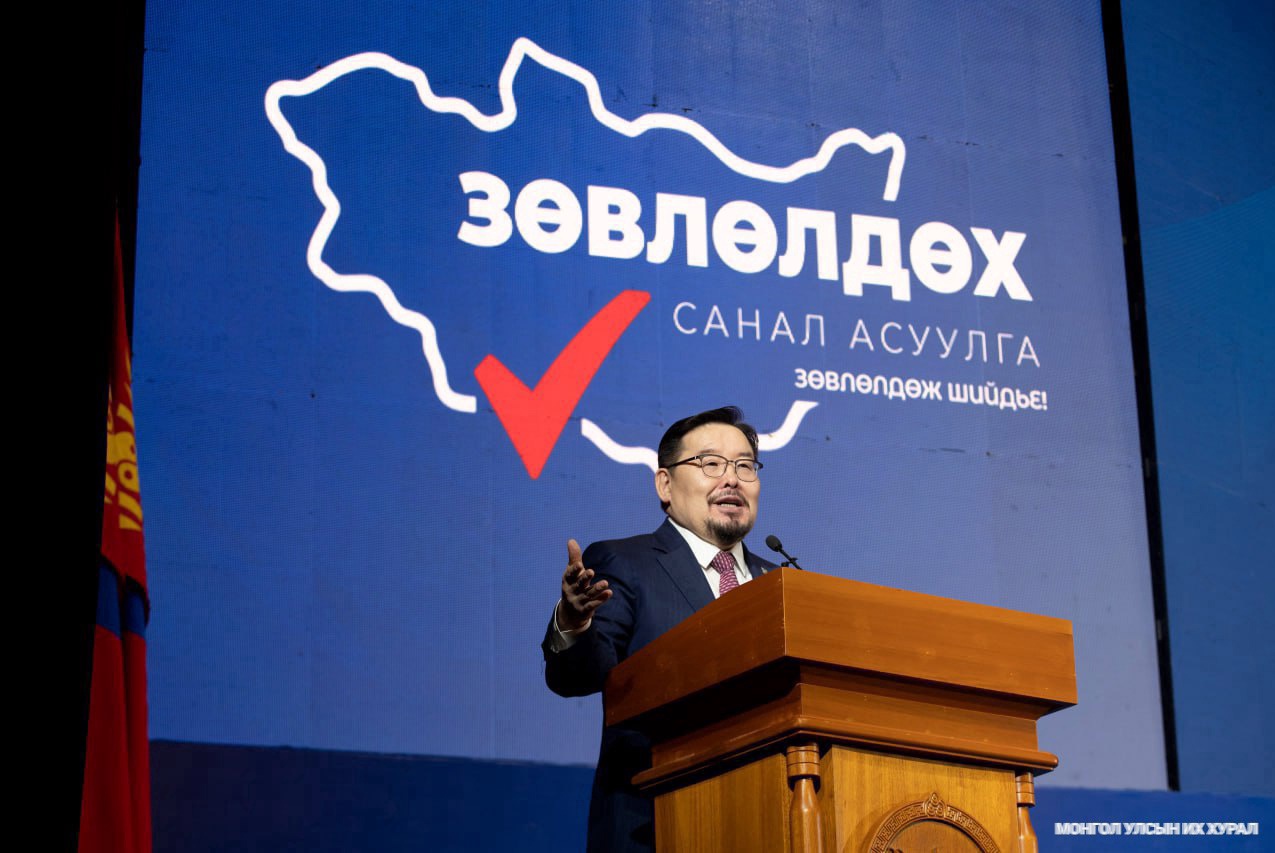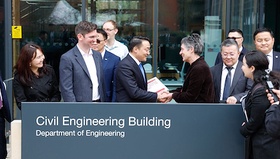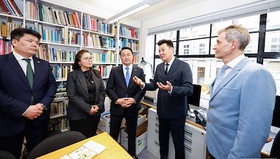807 people from all over Mongolia gathered at the State Palace to participate in the “Deliberate and Resolve” Deliberative Polling.
To have been chosen as a citizen of Mongolia and not because of differences such as knowledge or education, age, gender, occupation, is something to be proud of and considered lucky. Respondents discussed state affairs. There weren’t any interruptions or any gaps during the polling. Each and every respondent gathered on time and freely expressed their opinions and thoughts.
The Demographic of Repondents
Out of the 801 respondents of the Stage 2 of the Deliberative polling were composed of 374 people from Ulaanbaatar and 247 people from the aimags.
Gender: 54 percent of respondents were female, with 46 percent being male.
Age: In terms of age, the average was 37, the youngest 20, and the most senior 89 years of age. Respondents aged 20-29 made up 12.5 percent of all respondents.
Level of education: In terms of the level of education, 25 percent have completed higher education, 28 percent have completed secondary education, 8 percent have primary or no formal education, 18 percent have an Associate or a specialized degree, and 7 percent have completed a Master’s Degree or above.
Employment: 65.4 percent are employed, whereas 34.6 percent are unemployed. There are 523 respondents, out of which 294 are paid permanent employees.
These statistics show that there isn’t any “back door” [nepotism] in this sampling methodology of choosing respondents. In other words, it comprised of the small demos [peoples] of the great demos [peoples].
Now more than 800 selected people will study in one way for two days. The issue will be discussed in 15, 15 groups. At this point, everyone will have their say. Provide information that expresses opposing and contradictory positions.
Finally, all 800 will gather again to discuss their conclusions. After that, it is the order of voting.
The Polling in some ways, provides a learning environment for the 800 respondents during the 2 days of polling. The relevant issue shall be discussed in groups of 15 people. At this point, each and every person will have their say and will be provided with information that expresses [balanced] opposing and contradictory positions.
Finally, all 800 gathers again to discuss their conclusions. After that, the Deliberative Moves on to the step of voting.
There was criticism that the survey questions were not made public. It has been proven that if polling questions becomes public, respondents participating in the Polling changes their opinion by listening to the opinions of others. Therefore, the essence of the Deliberative Polling which was designed to uncover concrete truths may become lost.
The Deliberative Polling discussed the topics of Civilian and Political Rights and Responsibilities, Parliamentary Democracy, Economy, Sovereign Wealth Funds, Decentralization, and Social Challenges.
During the two days of Polling, 801 respondents received the relevant information and were surveyed with 22 questions that they had been previously surveyed with beforehand.
Within two daysof the Deliberative Polling, the National Statistics Office will compile the results of Stage 1 and Stage 2 of polling and a Report of the Conclusions, which shall be completed in accordance with scientific methodology, will be delivered to the Deliberative Council. Based on this Report, the Deliberative Council will prepare recommendations for each question of the Polling and shall submit them to the State Great Hural (Parliament) of Mongolia – the relevant decision-making authority, within the specified timeframe.
We shall be awaiting the outcome of the second consultation to be held in Mongolia's history, which will provide answers to many complex political and social questions and become a source of Public Policy.

 Eng
Eng  Монгол
Монгол
